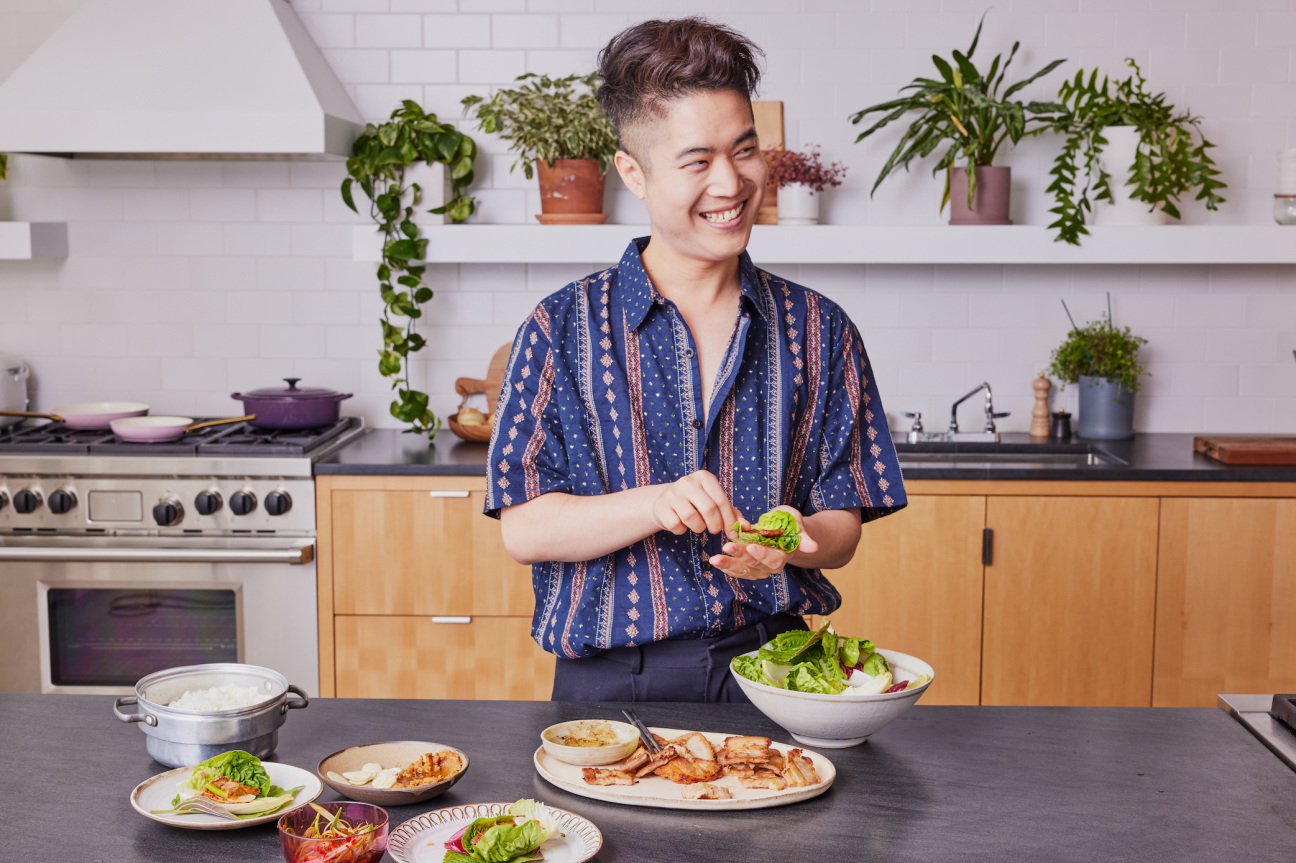
Recipe developer and writer Eric Kim has become a treasured voice on the New York Times cooking YouTube channel. Quiet and even-keeled, he seems like the kind of guy who could handle heavy machinery or complex surgical instruments without elevating his heart rate. Luckily for home cooks, he’s more likely to be found making fluffy milk bread or gochujang buttered noodles. Last year, Kim published his first cookbook, Korean American: Food That Tastes Like Home, a testament to his upbringing in Atlanta by two Korean immigrants and the dynamic culinary traditions he discovered along the way. CULTURED spoke with Kim about his quest to find his perfect cocktail, how to be a good recipe student, and why AI will never take his job.
CULTURED: What's in your system?
Eric Kim: I’m working on a pesto recipe, and I’m at a really fun stage where I’m just trying to work on the consistency of it. It’s a pesto I've been eating for the last 15 years. It comes from a restaurant that I can't name yet, but yeah, I'm in pesto mode and feeling very summery.
CULTURED: You released Korean American: Food That Tastes Like Home a little over a year ago. What has changed for you since its publication?
Kim: What’s really interesting is that when people stop me on the street, I expect them to say, “Oh, I love your videos on NYT Cooking,” or “I love your recipes,” but more often than not, they say, “I love your book.” That makes me feel really amazing. I don't know if people realize that a book takes so many years to come out—I developed those recipes before I started working at the New York Times, where I feel that I've really grown as a recipe developer. When I was touring for the book last year, part of me felt like, I know how to write recipes better [now]. But the recipes that exist out in the world are like little documents of who you were at a certain moment in time. That's how people grow as home cooks.
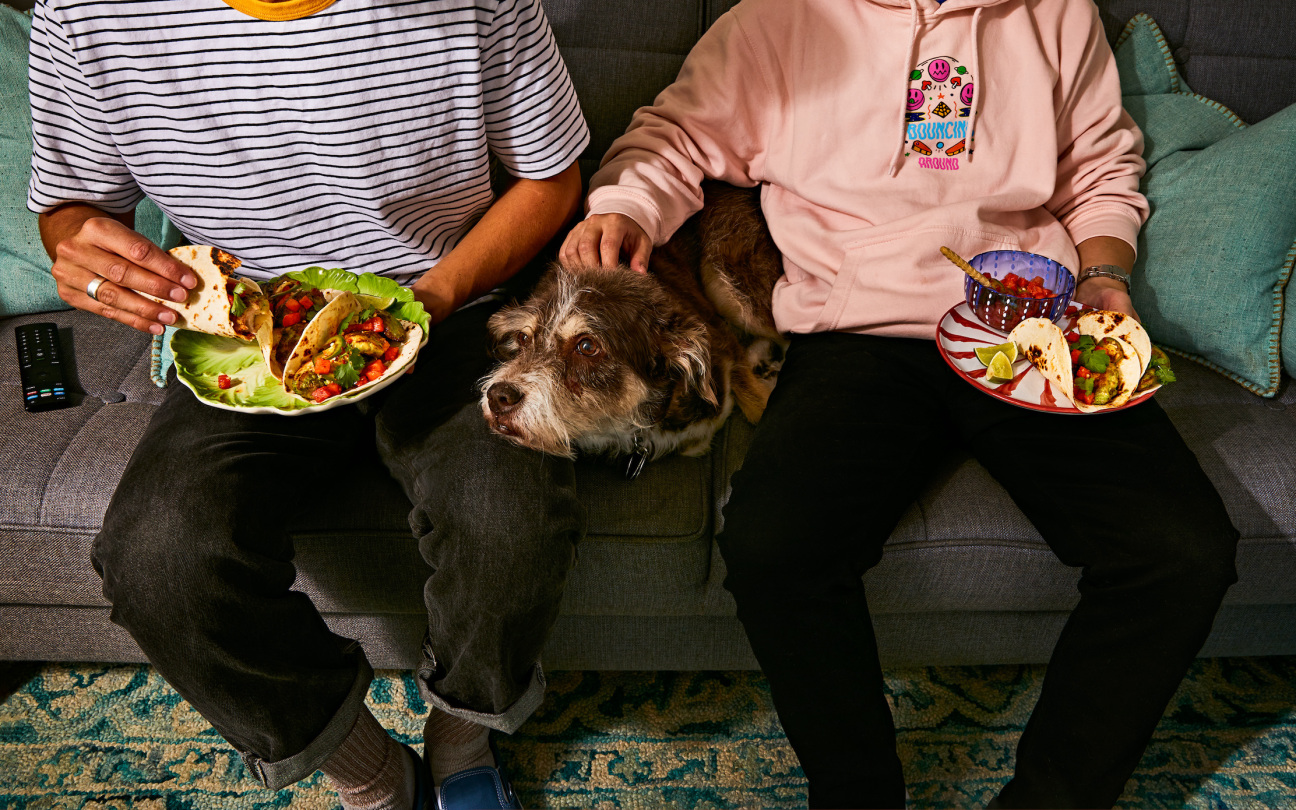
CULTURED: I'm really interested in the parallel practices that you have of writing and recipe developing. How do you divide your time? Do you use, say, the same notebook for both, or do you keep those disciplines very separate?
Kim: I have this Moleskine that I use for everything—for recipe development but also when I'm out reporting. Sometimes, like with the pesto, I'm in the chef’s kitchen, watching them cook, writing down what they do. So it makes sense that I use the same notebook for the development and the storytelling because they're very connected to me. My day-to-day is similar. Half the time I am in the kitchen working on a recipe, like today. But then other times, I am at my desk figuring out the writing portion.
CULTURED: You taught writing at Columbia as a graduate fellow. Now, you're teaching your readers to cook. How would you compare the experiences of educating?
Kim: As an academic, teaching was my favorite part of the job. I often think of Izzie’s character from Grey’s Anatomy—I’m doing a rewatch—and how good of a teacher she was. I’m pretty shy about camera stuff—I hate being recorded or photographed—but I like it because it's the fastest way to teach someone to cook. I also love the challenge of teaching through language, because the way you write about how to fold the biscuit is going to lead someone to success.
That's why I'm constantly shouting from the rooftops about something like, “I know you know how to make spaghetti pomodoro, but try it my way because I'm trying to get us to distill the flavor of tomatoes, especially the bad tomatoes we get in the United States. You need to strain the seeds in the skin in order to get the full tomato flavor. It's an extra step that sucks." That's why I'm really grateful to the people who do follow my recipes. After leaving academia, I've realized that the best teachers still see themselves as students, and that's even more true in cooking. There's always something new to learn in the kitchen, and those open to learning tend to have the most to teach.
CULTURED: You guest-starred on the Times’s AI series, where they asked an AI to write a Thanksgiving menu. Is there any food that you feel is AI-proof? Something that you think, AI could never write a recipe for this?
Kim: Anything that requires the cook to really taste as they go. AI can't do that. I think about this one recipe I made last year—one of my favorites but also one of my least popular. It's a rice cake soup with kimchi dumplings. You have to make the broth from scratch because store-bought beef broth just is not comparable to this flavor, which is really fortified with radish. The other part is the dumpling, which starts with gochugaru oil that you make. Even though a non-robot like me wrote the recipe and was very deliberate about seasoning to taste, certain humans weren't able to replicate it. If humans can fail at that, then a robot certainly will as well.
CULTURED: You wrote an essay recently about finding your drink. Do you think it will ever change? What’s your take on this whole drink of the summer debacle and cocktail trends in general?
Kim: Whenever the New York Times comes out with a column that's like, “this is the drink of the summer,” I don't know if people realize that it's not us making it up—it's a reporter who does research on what’s already out there. I wrote my column because I was trying to find my drink. I started by constantly ordering Old Fashioneds. Then I was doing Manhattans, and then Martinis, and then realized that my original love was single malt scotch. I knew that I really liked a Manhattan, so I thought, If you just replace the whiskey in that with Scotch, you have a Rob Roy. If I want something reliable, that’s what I’m ordering. I hope more people try it.
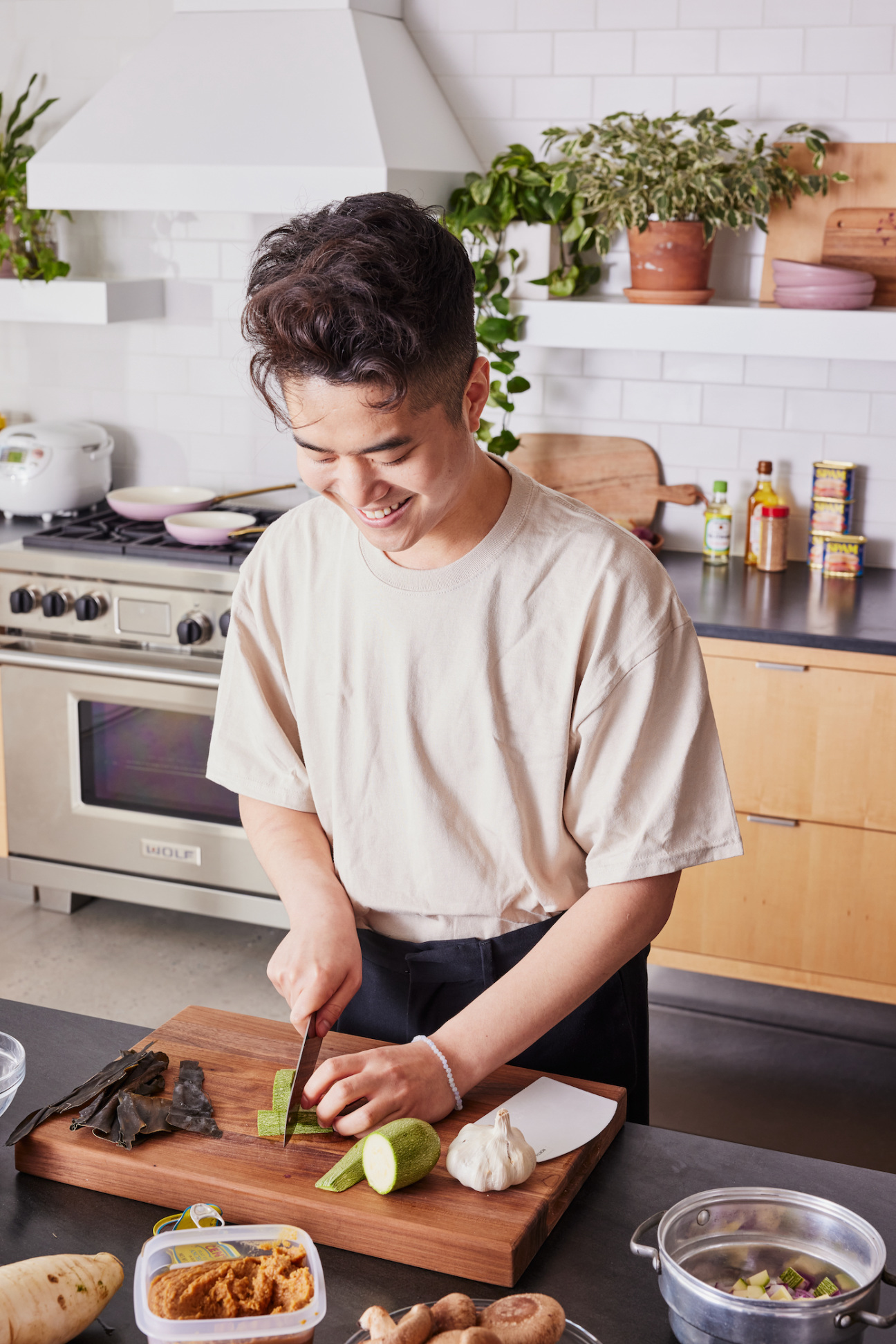
CULTURED: Do you have any favorite menu items in New York right now?
Kim: My latest obsession is Ci Siamo, Hillary Sterling's restaurant. She's a wonderful cook and really knows pasta. I'm a huge fan of pomodoro, and I haven't had that many good ones in the United States. It's one of those things that you could make at home, but it's a labor of love and it tastes like it's been really worked on. Hers is the best in the city. And it's much harder to make than people think.
CULTURED: In a different register, do you have a classic bodega order?
Kim: My go-to these days has been a deli sandwich on a roll. I'll do either turkey or ham, lettuce, tomato, mayonnaise, pickle, raw onion. Maybe I'll do hot sauce or some kind of honey mustard on top of the mayo. It reminds me of the flavor of a Publix sub sandwich.
CULTURED: What's an underrated ingredient, in your opinion?
Kim: Throughout my entire book tour, I’ve been shouting it from the rooftops: doenjang! It's the older cousin to gochujang—one of those very original Korean soybean pastes. It underpins so much of Korean cuisine, and yet it still hasn't had the huge globalization effect that gochujang has had. It's really good glazed over fish, especially salmon. I think the world is still figuring it out, but I'll be here when they're ready for it.
CULTURED: What's something in your kitchen that you splurge on and something that you save on?
Kim: In terms of fish sauce, I have to get the Three Crabs brand. It’s the one that my mom always cooked with—it's a little pricier, but worth it. One thing that I am not very snooty about is drinking pre-ground hazelnut coffee from Dunkin' Donuts. It's nostalgic, but it also doesn't taste that fake. And while we're here, Hellmann's Mayonnaise is the best mayonnaise.
CULTURED: Are there any visual artists that inspire your work and the way that you think about food?
Kim: My person is Edward Hopper. There's something about 20th century American literature, art, music—that's what I studied in college and grad school. Edward Hopper's work has really aligned with how I see the world and what I appreciate: the ordinary. I recently joined this Facebook group called “Inspired by Hopper” where people post photographs that they've taken out in the world that look Hopper-esque. I just love that there are all these people who appreciate these scenes of loneliness.
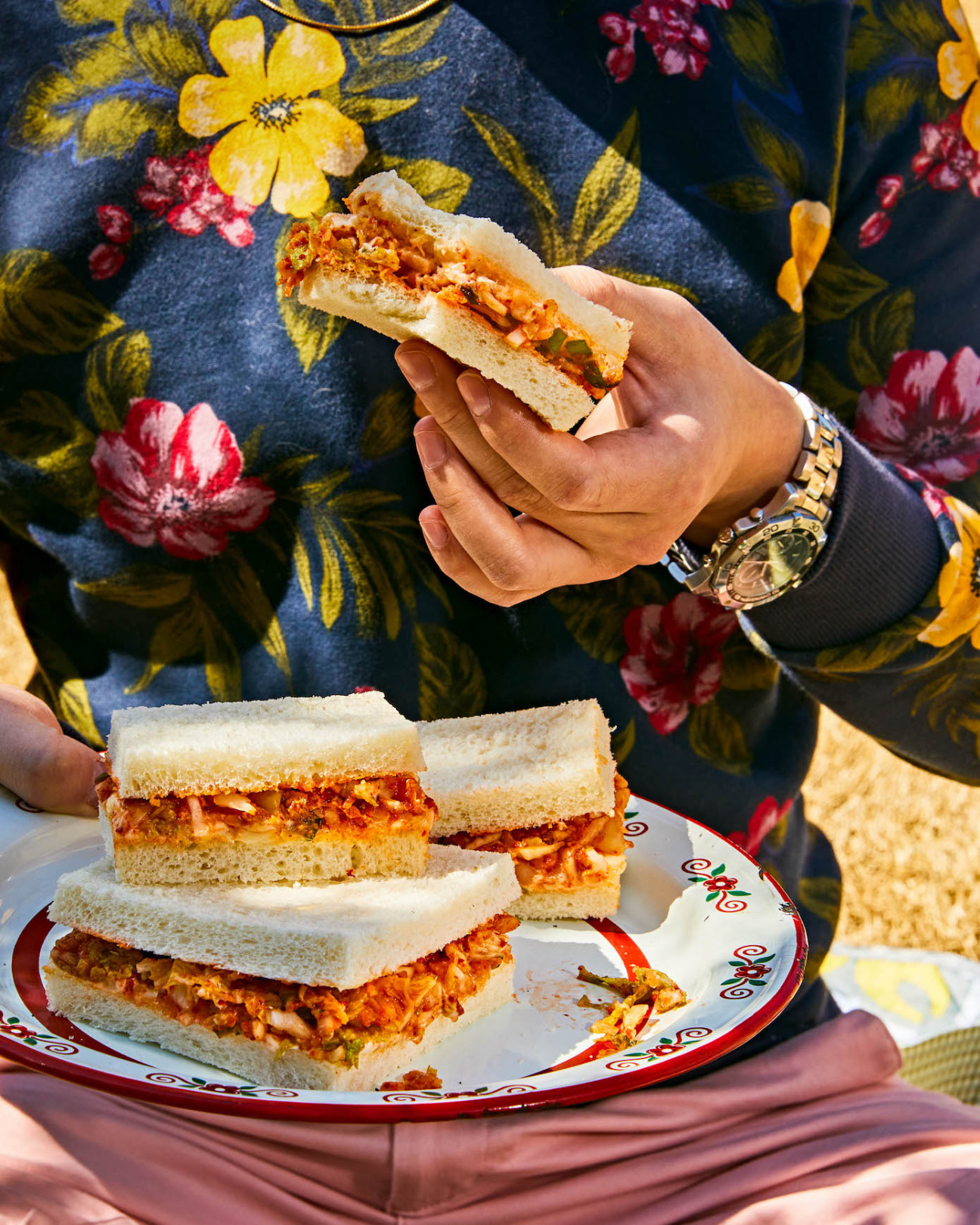
CULTURED: What is the dish that represents where you're at in your life right now?
Kim: Whenever I put something out, there's always that risk of people thinking it comes off pretentious just because it's from the Times. So I love the irony that on my Instagram, I’m peddling this snack that I've called Nut Toast. It's a slice of toast with a thin smear of peanut butter, a sprinkle of flaky sea salt, a drizzle of honey, and a really generous shower of nutritional yeast. I made it one night because I have this huge thing of nutritional yeast that I never use. I'm really leaning into the irony of that chaotic toast. Simple, but high impact.
CULTURED: What is coming up next for you? Do you have anything that you want to plug?
Kim: I have an upcoming video series at NYT Cooking called "Recipe Quest." It’s going to show all of the work that goes into writing one recipe for the Times: the reporting, the testing, the developing, the interviewing. People haven't appreciated that labor in this country since its inception—from home economists to midcentury test kitchens of corporations. On the personal side, I'm hard at work on a collection of essays. They're not food writing, so it's very new and difficult, but I'm really eager to stretch that writing part of me.

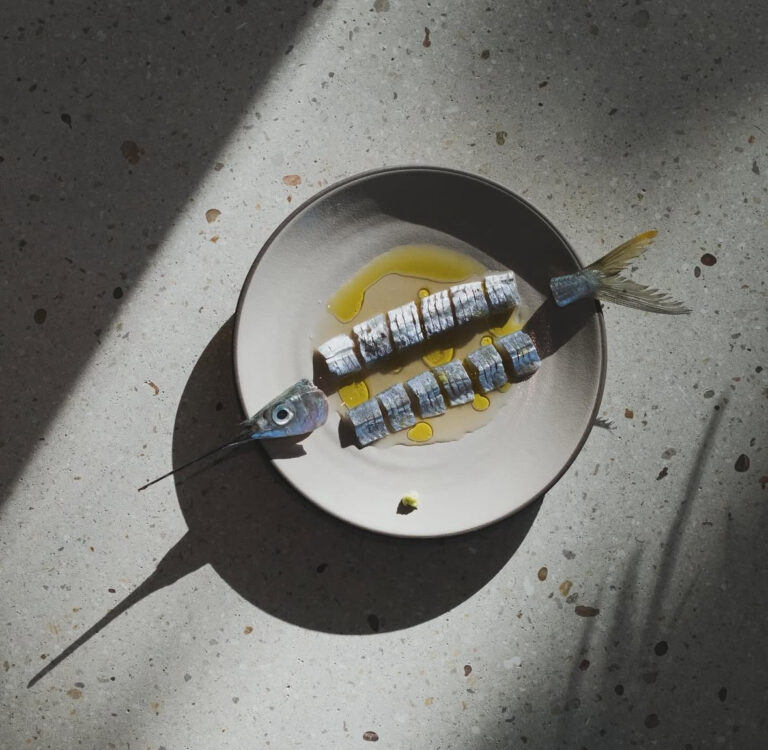


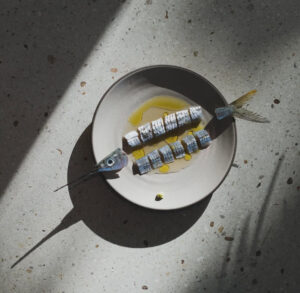

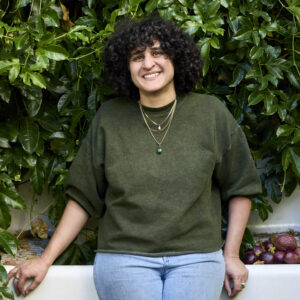



 in your life?
in your life?

